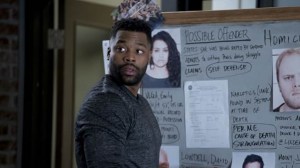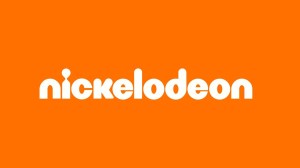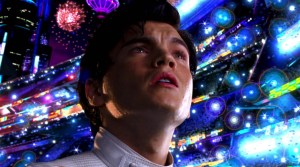On Sunday, World Wrestling Entertainment’s SummerSlam hits the Staples Center in Los Angeles. And while most people will be watching to see WWE World Heavyweight Champion John Cena defend the gold against former Ultimate Fighting Champion Brock Lesnar, some of us out there (or at least the writer of this article) view the main event as the WWE’s equivalent of Superman vs. Doomsday.
Videos by ComicBook.com
That’s because the worlds of professional wrestling and mainstream comic books share a lot of similarities when it comes to how both mediums craft stories, develop characters, and rely on certain thematic elements to entertain their audiences. And no, we’re not only referring to Marvel’s WCW World Championship Wrestling series from 1992-93.
So with wrestling’s summer classic upon us, why not take a more analytical look at the many things that unite sports entertainment and sequential art? Here are the first five entries, with the second five being published tomorrow.

10. Larger than Life Heroes
Of all the reasons comics are like pro wrestling, this is probably the biggest gimme. For years, both mediums have built the foundation of their success upon the backs of larger than life heroes who are bigger, faster and stronger than the opposition, and who tend to succeed far more often than they fail. Wrestling-wise, this is a template that has been perfected by WWE, dating back to the days of the barrel-chest Bruno Samartino, who held the world title for more than 11 years across two reigns in the 70s and early 80s.
When wrestling became more mainstream in the mid-1980s, the promotion was built around the likes of Hulk Hogan and Ultimate Warrior – guys who came across as being so invincible, you had to wonder if they had mystically inherited superpowers like Peter Parker or Donald Blake (no knock on the “Hulkamaniacs and “Little Warriors”). Today, middle age fans who are tired of John Cena always winning, compare him to Superman.
Basically, wrestlers with a physique that is similar to Thor or Captain Marvel, and with heroic charisma similar to Spider-Man or Batman, tend to get bigger pushes from a promotion over someone who looks and acts like Jimmy Olsen or Ben Urich.
There are obvious exceptions to this rule. The lanky Ric Flair was the quintessential wrestling heel and dominated the National Wrestling Association (NWA)-turned-World Championship Wrestling (WCW) throughout the 80s, and just this past Wrestelmania, the diminutive, “goat-faced” Daniel Bryan became undisputed champion in large part because the fans probably would have revolted in the New Orleans Superdome if he didn’t.
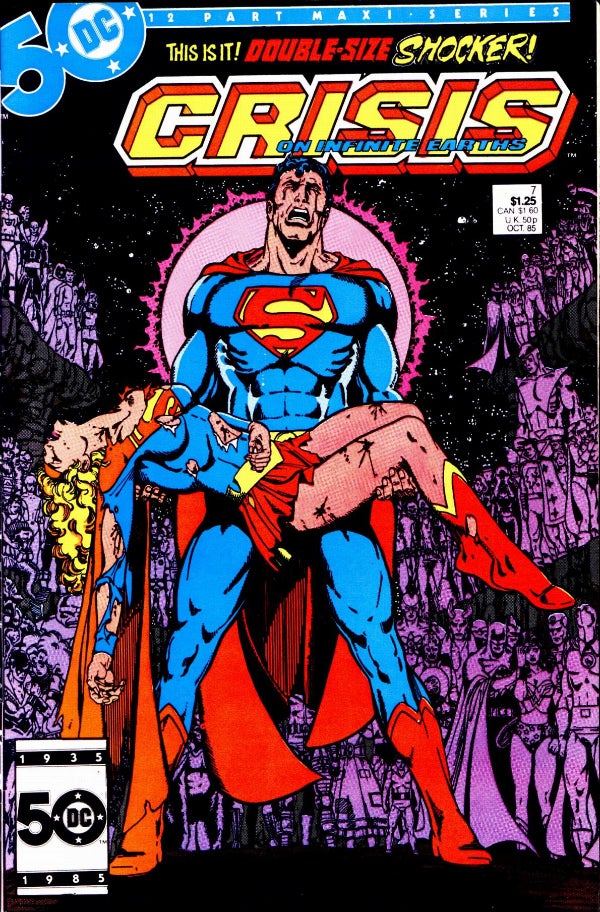
9. The Spotlight on Events
In the olden days of wrestling, a fan could buy a ticket to a random house show at Madison Square Garden or Boston Garden and unexpectedly see a new champion be crowned. But that all started to change when the NWA launched its very first “grand-daddy of them all” Starrcade in 1983, and then the WWE followed suit with its first Wrestlemania in 1985. These special events were broadcast on pay per view or closed circuit television, and would feature high profile matches up and down the card.
As time went on, there would still be some special matches to be found on the house show circuit or on television, but both promotions also started adding more and more events. For a while, the WWE had the “big four” of Wrestlemania, Summerslam, Survivor Series and Royal Rumble, before monthly “In Your House” PPV specials took place in the mid-1990s. Around this time, WCW started running monthly PPVs as well.
In comics, both Marvel and DC published their first ever events, Secret Wars and Crisis on the Infinite Earths, in 1984 and 1985 respectively. For a while, each publisher would release one or two major events or crossovers a year until about the mid-2000s when it seemed like every other month a new, huge multi-part event was on the table. To top it off, publishers would often tie huge game-changing plot developments into these events, whether it was Spider-Man unmasking and Captain America getting assassinated as part of the Civil War crossover, or Batman dying in Final Crisis.
Similar to what happened to house shows, gone are the days where a reader can pick up a random single issue of a series and get a self-contained story that has meaning for the characters, but is also easy to follow and understand without having been following the product for months and shelling out a ton of money in the process.

8. The Value of Indie Cred
During the peak of pro wrestling in the 1990s, the WWE and WCW made millions of dollars and generated attention from the mainstream media, but some of the “smarter” fans (dubbed “smarks”) were just as fascinated by the violent innovation of the independently-run Extreme Championship Wrestling (ECW). Or maybe they were digging through their collection of bootleg tapes to show you some of the crazy workrate they found in the All Japan Pro Wrestling promotion. Either way, the rise of wrestling’s “smark” movement has led to such chants as “you can’t wrestling” or “boring” – things typically overheard in a bingo hall hosting a local indie promotion – at major events.
Today, WWE is the only big name in town, but smarks continue to be a vocal minority backing such “indie darlings” as CM Punk and Daniel Bryan, who first made a name for themselves in the independent Ring of Honor. These smarks claim guys like Punk and Bryan are technically more proficient and are more entertaining than some of the hackneyed “slugs” the WWE often pushes to the top.
A similar attitude can be found from some fans when it comes to Marvel and DC. Nobody denies that these two publishers have the highest profile characters who generate the most money across all media, but there’s also a sentiment that indie publishers like Image, Boom, IDW and Valiant are currently publishing the best stories. And who can argue with some of these fans when indie books like Saga, East of West, Pretty Deadly and Sex Criminals were nominated for a ton of Eisner Awards this past year. Meanwhile, a number of “big two” creators have found more critical and artistic success working for an indie title – even if sales aren’t on par with what they were pulling at Marvel or DC.
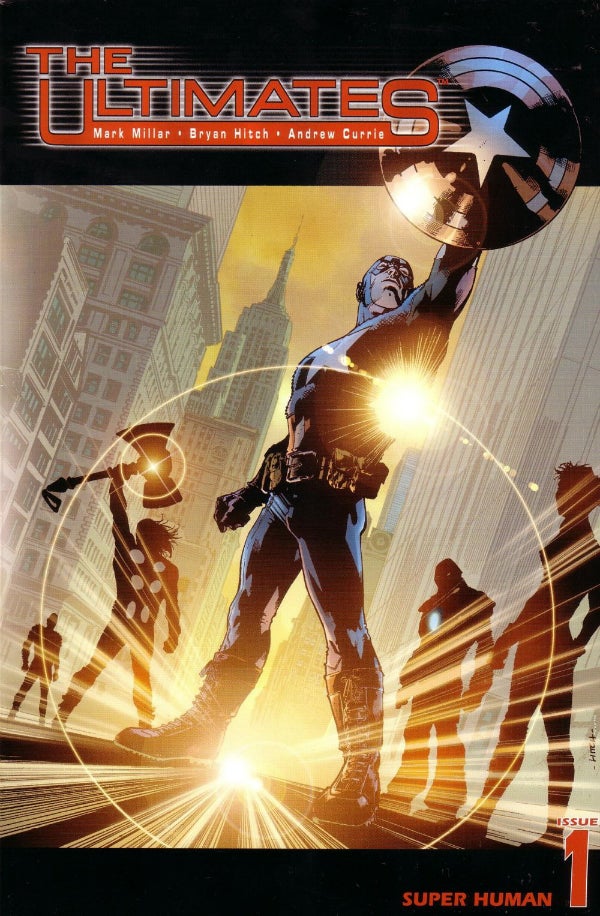
7. True Success is Measured by the Movies/Television
In one scene from the original Ultimates series by Mark Millar and Bryan Hitch, the group of heroes stand around and talk to each other about what a hypothetical movie that was made about their lives would look like. At that point in time, a major motion picture about the Avengers was a fairly farfetched concept, as the only heroes who had had financially successful movies adapted from their comics were Superman and Batman.
But then Marvel Studios had the bright idea to get Robert Downey Jr. to play Iron Man. They cast Samuel L. Jackson as Nick Fury (who was the spitting image of the Ultimates version of the character), and after a string of successful movies, the studio produced the biggest motion picture of all time in The Avengers in 2012. Now DC/Warner is following suit, creating its own interconnected universe of heroes that will inevitably build to a Justice League movie in a few years. Let’s also not forget the smashing success of The Walking Dead on AMC, which is adapted from the Image book of the same name.
The success of these movies/TV shows, has in turn made some of these comic book properties even bigger hits at stores. And the publishers are also making sure that their comic book content is symbiotic with what’s going on in TV and movies (so much so that Agent Caulson, an original character created for the movies, now shows up in Marvel comics).
In the mid-1980s, Vince McMahon, who had taken over the WWE from his father, Vince Sr., had a grand idea to market his promotion across multiple mediums. He brought back Terry Bolea, aka, Hulk Hogan, who had just played Thunderlips in Rocky III, while pop star Cyndi Lauper started to show up as a sidekick to women’s champ Wendy Richter. Thus ushered in the “Rock N’ Wrestling” era, which also spawned a WWE cartoon, among other things.
As wrestling gained more and more mainstream success, wrestlers started to seek new opportunities in movies and television. Hulk Hogan and “Rowdy” Roddy Piper both took sabbaticals from the business to pursue careers in Hollywood. At 1989’s SummerSlam, Hogan and Brutus Beefacake squared off against Macho Man Randy Savage and Zeus – the latter being Tommy Lister, the actor who played the villain in Hogan’s No Holds Barred film.
Other wrestlers would go on to star in television and movies, though few would have the amount of success as Dwayne “The Rock” Johnson. Johnson’s career took off in the early 2000s when he played the Scorpion King in the Mummy 2. His Hollywood career became so huge, he had to leave the wrestling business altogether in the mid-2000s. However, McMahon, ever the promoter, had Rock headline two consecutive Wrestelmania’s in 2012 and 2013 to great financial success.
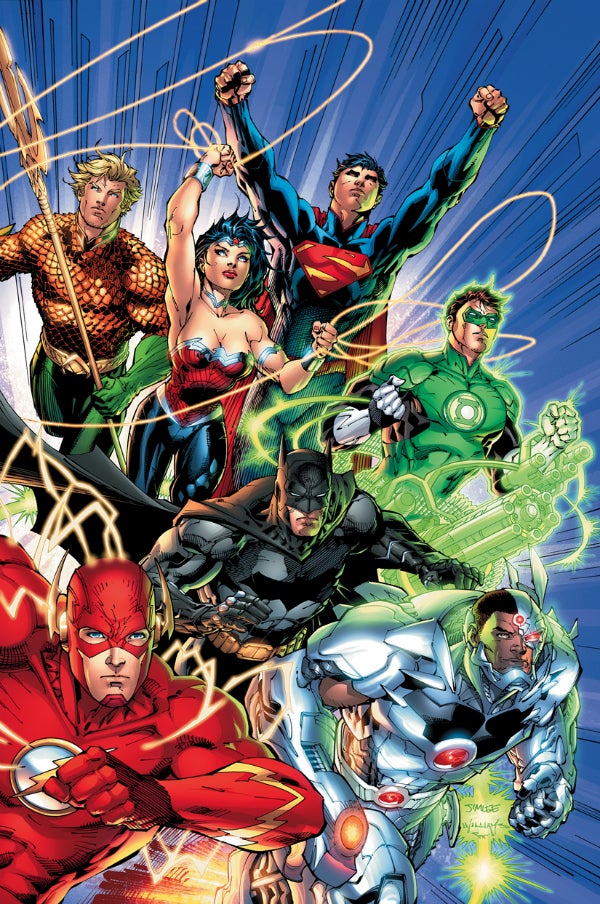
6. Continuity Be Damned

During the buildup to Wrestlemania XXVII, Triple H challenged Undertaker in an attempt to snap the “Dead Man’s” mythical undefeated streak (which was finally ended this year by Brock Lesnar … tear). The match was primarily hyped around the angle that Triple H wanted to avenge his good buddy Shawn Michaels, who had lost to Undertaker at the previous two Wrestlemanias, including a retirement match at Wrestlemania XXVI. What the Triple H/Undertaker bout wasn’t built around – oddly enough – was the fact that the two had met 10 years earlier at Wrestlemania XVII. In fact, any mention of this prior match was so scarce, it almost felt like the WWE was trying to erase their own history.
Things like that happen all the time in wrestling. Bitter rivals suddenly become teammates after one of the characters turns face or heel. Remember when Triple H and Stone Cold Steve Austin attempted to murder each other in the early 2000s, only to form a “Two Man Power Trip,” after Austin’s heel turn at Wrestlemania XVII?
In comic speak, such ignorance and/or glossing over of established history is typically dubbed a retcon. Sometimes a creator just has a story to tell and if that means ignoring parts of a certain character’s history so be it. In 2011, DC made a bit of a mess of its continuity when it rebooted its entire line of comics under the “New 52” banner. Or how about when Marvel killed off most of its “A” list characters in the 90s and then rebooted those series with new origin stories under the “Heroes Reborn” title? Remember when Superman and Lois Lane were married? Not anymore! Tony Stark was possessed by Kang and killed a couple of Avengers? Nope, he’s a hero again. Just like that time Undertaker and Kane won the tag team titles as a cohesive unit despite the fact that their hatred for each other was once so heated, they had to settle it in a ring surrounded in fire.
For #5-1, check ComicBook.com tomorrow.

